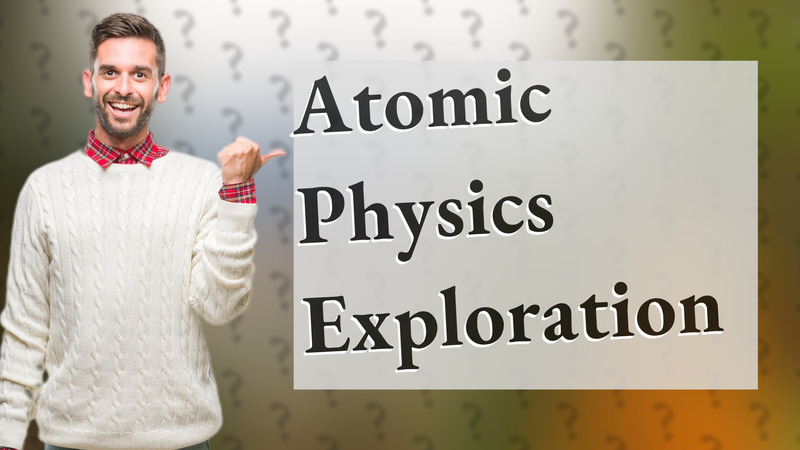
Learn how scientists determined the structure of an atom through groundbreaking experiments and modern techniques.

Explore whether mirrors can detect gamma rays and learn about the equipment required for gamma ray detection.

Discover how work done by springs can be both positive and negative, guided by Hooke's Law.

Explore Schrodinger's model, which revolutionizes our understanding of atomic structures through quantum mechanics.

Explore the relevance of Bohr's model in modern science and education. Discover its uses and limitations in atomic theory.

Explore why scientists rely on models to understand atomic structures and behaviors, making the microscopic world tangible.

Discover why the work done by a spring force over a full cycle is zero, involving potential energy and conservative forces.

Explore the pivotal experiments that led to the development of quantum theory and our understanding of atomic structure.

Explore the evolution and validity of atomic theories, including insights from renowned physicists.

Explore why studying atoms is complex due to their size and quantum behavior.

Learn the expression for work done by a spring force with insights from Hooke's Law. Essential for physics and engineering.

Discover the two most used atomic models—Bohr's and Quantum Mechanical. Learn their significance in understanding atomic behavior.

Discover the crucial role atomic structure plays in science, technology, and our daily lives.

Explore atomic physics—the study of atomic structure and interactions of protons, neutrons, and electrons.

Discover why plasma is the fourth state of matter and how it differs from solids, liquids, and gases.